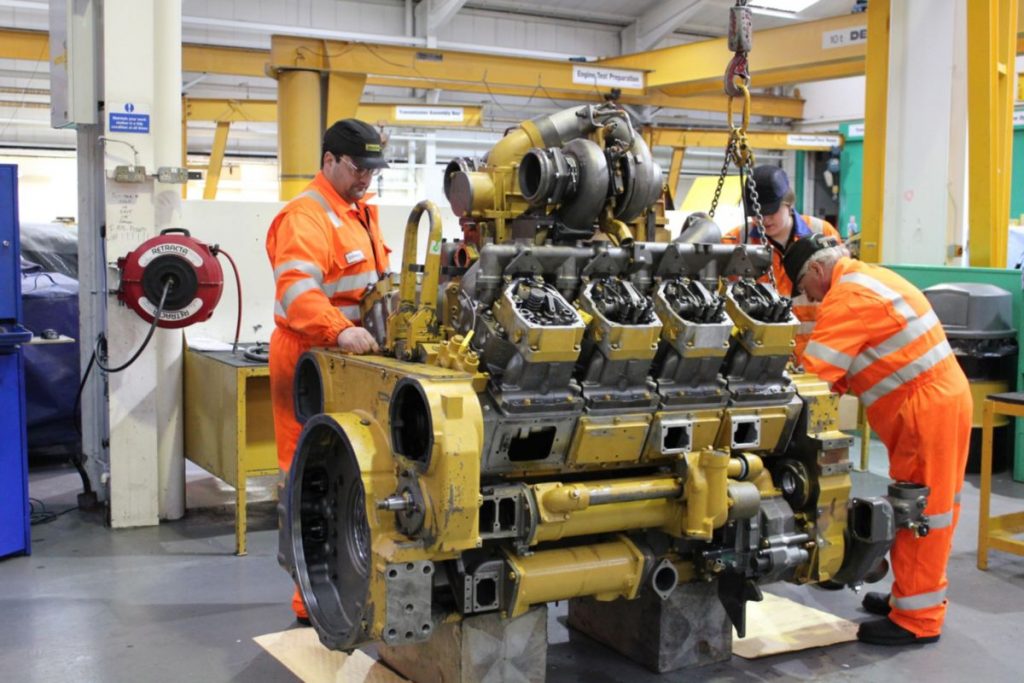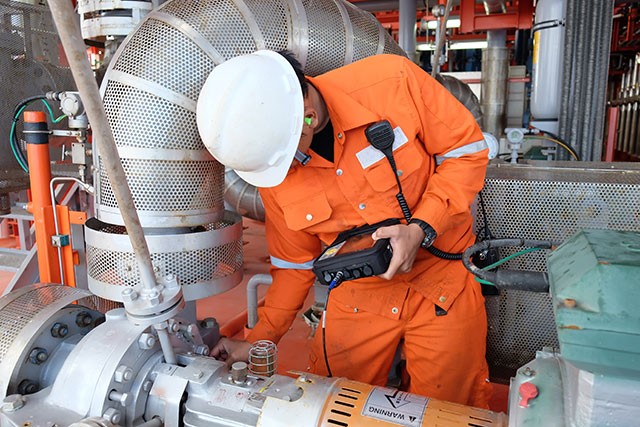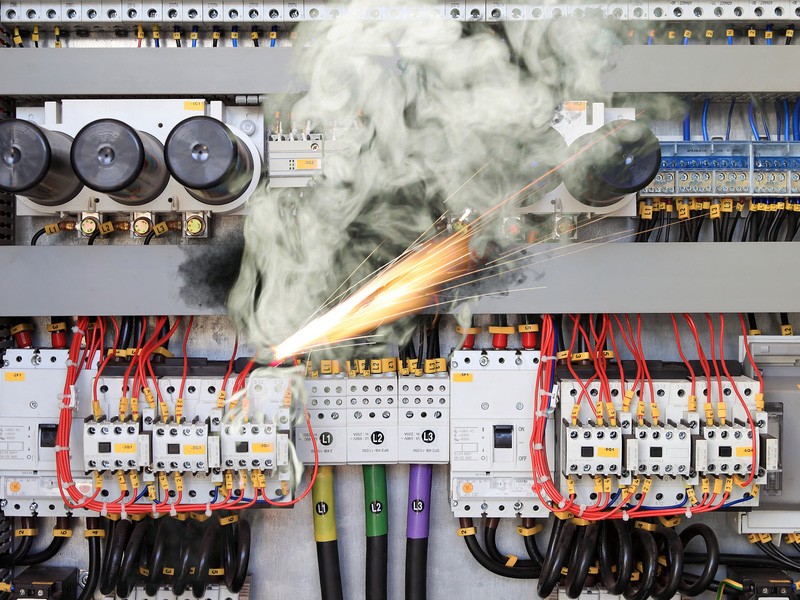TYPES OF MAINTENANCE STRATEGIES
A lot depends on the right maintenance strategy. It is possible to choose total preventive maintenance (classic MRO) and spend huge sums of money every year on repairs of assets that do not need it at all. Or you can opt for predictive maintenance – again, spend huge amounts of money on a monitoring system, but not one iota closer to actually predicting equipment failures.
As with anything, you have to start with the basics to make the right choice. Let’s break down what preventive, predictive, reactive asset maintenance and pre-failure strategies are.
Predictive Maintenance
As mentioned, preventive maintenance is a classic representation of the repair system. In our RCM Club podcasts, we’ve said many times that preventive maintenance originated in the pre-war years and its core is the clear belief that after a certain period of time, any unit, any asset is bound to fail. Consequently, the main task of preventive maintenance is not to allow the asset to work up to that time. Either scheduled replacement or scheduled repair is carried out. In this case, no evaluation of the remaining life of the asset is made.

Don’t touch the problem until the problem touches you – predictive maintenance

The most modern and youngest maintenance strategy is predictive maintenance. Its essence comes from the word “predict,” i.e., we are trying to predict something. In the case of MRO system we predict when this or that equipment failure will happen. There are a lot of methods nowadays, and you have to spend days on the Internet to study them.
And in the pursuit of a longer P-F interval, there are more of these methods every year. There are diagnostic methods, productivity control methods, and product quality control methods. Subcategories of condition control based on dynamic effects (temperature, vibration, noise), presence of particles, chemical effects, etc. are widespread in industry.
Applying one or another method, you measure some parameter of equipment operation and, under certain conditions, you state that the failure began to develop. Thus, knowing that something is already going wrong, you are insured against unscheduled downtime. Now you can quietly repair or replace the problematic unit or asset as a whole.
While tempting, a predictive maintenance strategy requires a significant investment in specialized inventory – gauges, sensors, devices. It also requires qualified personnel to comment competently on the values of monitored parameters. And here the question arises about the feasibility of this strategy. No, if the failure threatens the safety of personnel, nature, society – here we are not talking about money. We do it without further ado, as they say. But if failure is critical only from the point of view of production, then the strategy we choose to manage it should also be subjected to economic analysis. It is possible that the cost of the predictive task in the end will be much greater than the cost of the consequences of this failure. In this case, it is logical to apply the strategy of operation before failure.
The strategy of operation before failure and reactive maintenance
As already understood, this strategy implies the complete absence of any maintenance with respect to the production asset. This approach is typical of those failures that are cheaper to manage by doing nothing. And before adopting the tactic of working to failure, it is still necessary to analyze the indirect damage that may occur in other elements of the exploited asset. Of course, this strategy is not applicable to failures that will cause injuries or emissions to the environment. Proactive actions (i.e., those actions we take in advance of a failure) must necessarily be taken there.
Reactive maintenance – i.e., the kind of maintenance that aims to restore the asset after a failure has occurred – completes the pre-failure strategy. In most businesses, reactive maintenance is not a voluntary and conscious choice. It is often observed when emergency failures occur (as opposed to planned failures, which we discussed above). And this is the most important evil and the subject of the struggle of modern engineering.

There are companies where the percentage of reactive maintenance is 98%. There is even a special PMP metric that tracks this figure.
You can get more in-depth knowledge in choosing maintenance strategies and an informative story about the methods of determining their feasibility and applicability by attending our courses at the academy.



